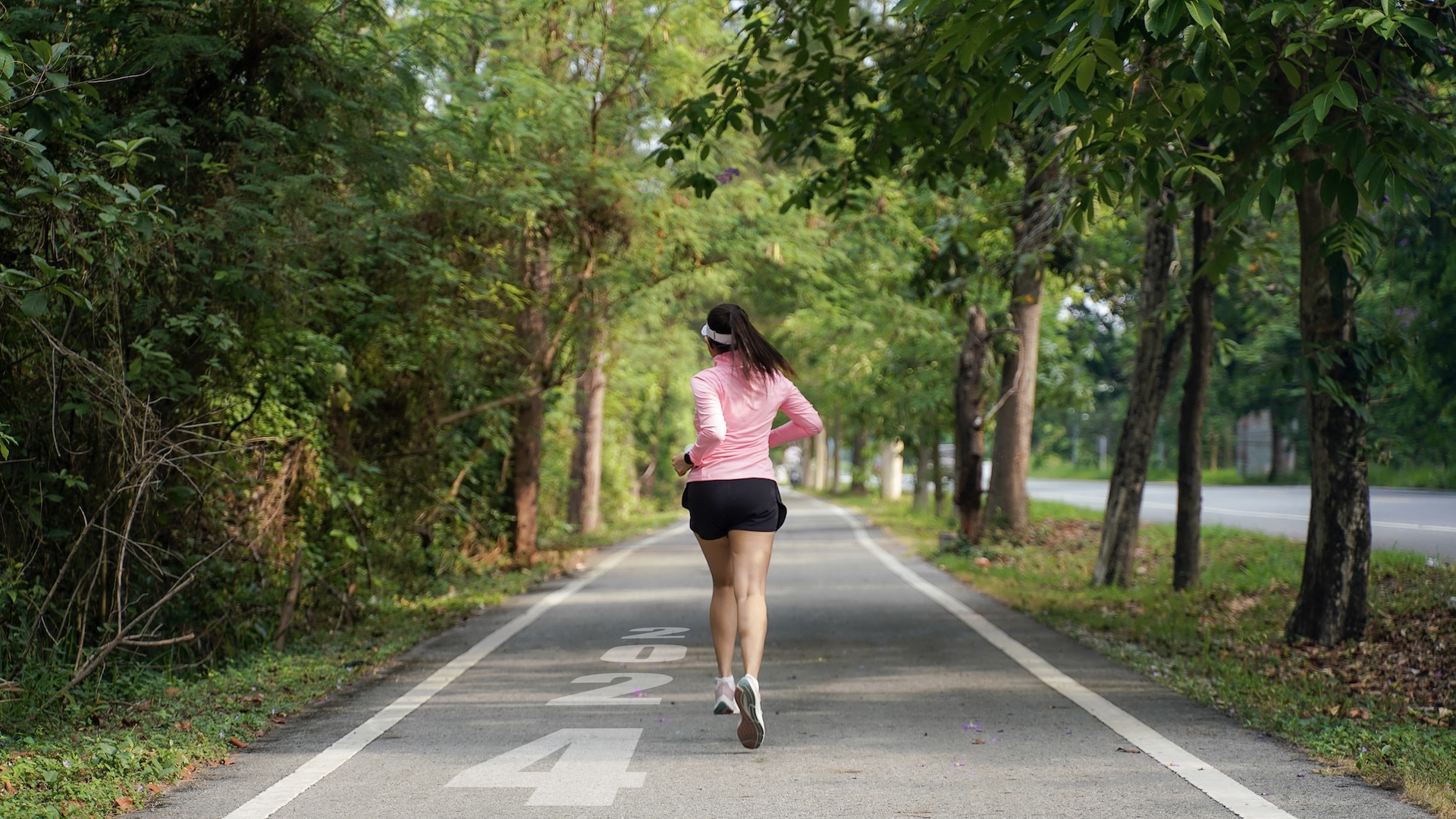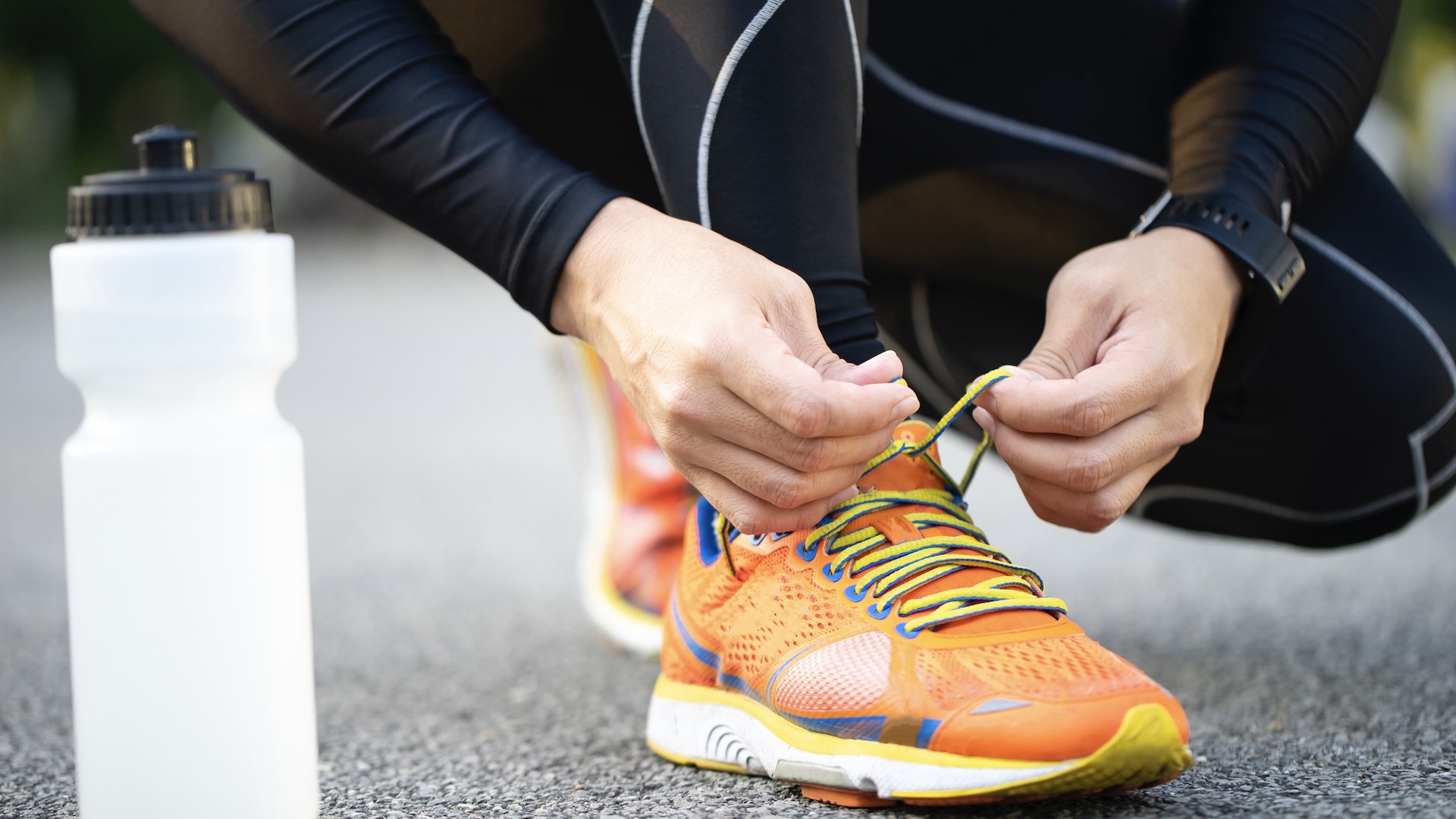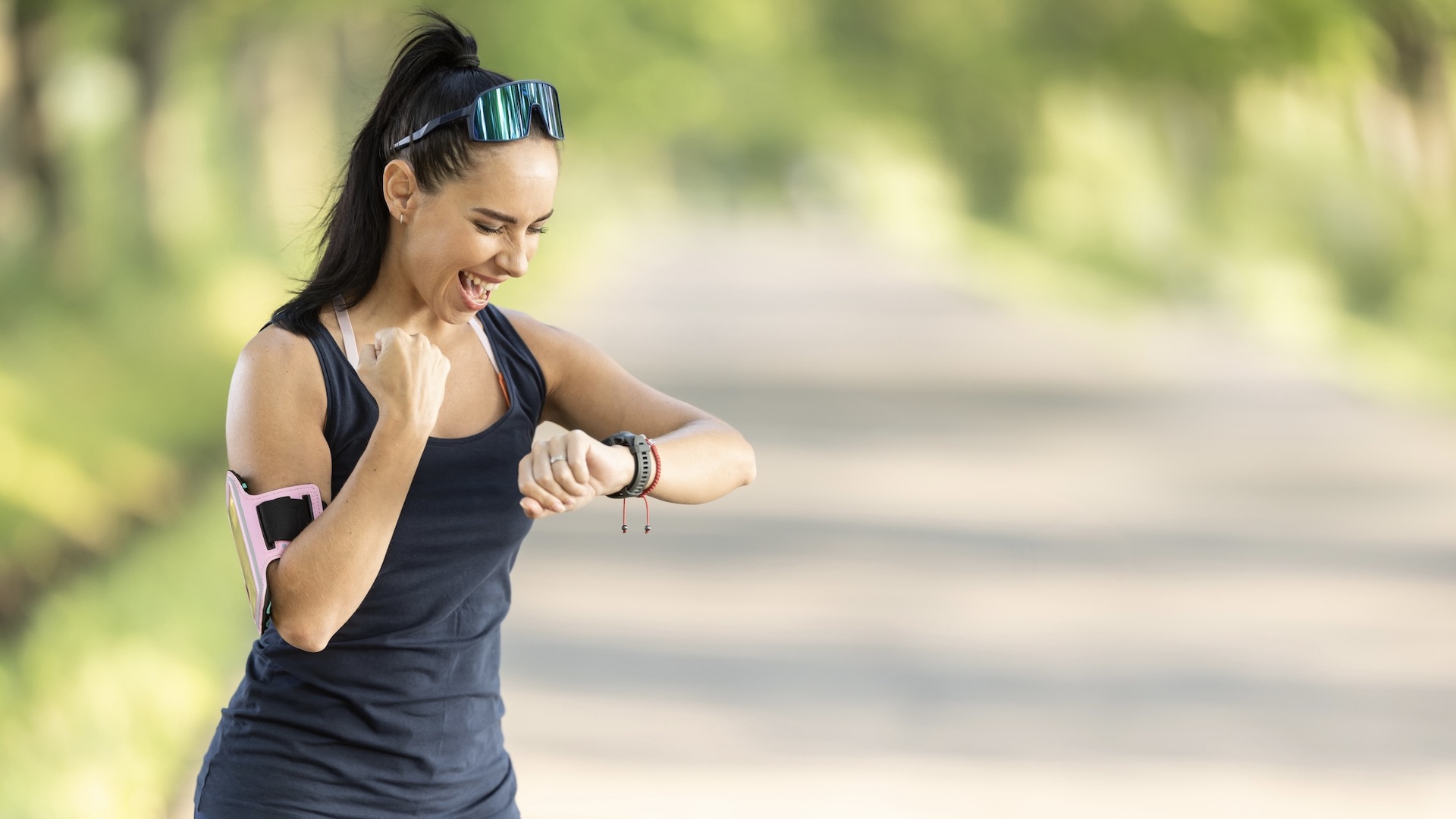8 common mistakes new runners make – and how to avoid them
These tips will ensure you keep on running, and enjoy being a runner

Running is one of the simplest and most accessible forms of exercise and, in many ways, people are encouraged simply to get out and start jogging. However, some runners can feel nervous about getting started. There are also some common mistakes that beginners might want to know about, especially if they are keen to avoid injuries, fatigue and boredom. Here we list some of the errors you can easily steer away from.
1. Choosing the wrong footwear
The right running shoes is footwear that fits and is fit for purpose. There is a huge range of different types of running footwear to choose from and the best advice is to head to a sports shop where an expert can help you to choose the best running shoes for you.
Other things to think about are:
- Don’t be swayed by the latest trend
- Don't choose footwear because your running friend swears by it
- Don’t pick running shoes based on the colors or designs.
The right footwear should suit your running gait, foot length and width and also be suited to the terrain, whether tarmac for road running shoes or trails. This means you will hopefully avoid other common mistakes for beginner runners, such as injuries caused by ill-fitting shoes or because you have the wrong shoes for your chosen running routes.

2. Choosing the wrong clothing
Running clothing is fairly simple and should be a comfortable fit. Stretchy fabrics are easy to wear and choosing clothing, such as running tops, that is breathable and/or waterproof will keep you warm and dry in different conditions.
There are plenty of choices and brands of running clothing. At first we recommend you buy second-hand clothing if it is in good condition or go for cheaper brands so that you do not make too large an investment before you work out if running is for you.
The wrong clothing might include shorts that chafe. Rather than risk inner thigh chafing, you should aim to buy shorts made of lycra or a similar fabric and that are long enough to cover your inner thighs. Some running shorts and running skorts have a built-in inner lycra short with a looser fit outer layer.
Advnture Newsletter
All the latest inspiration, tips and guides to help you plan your next Advnture!
Other beginner mistakes might include poorly fitting or low-impact sports bras – choose well-fitting and high-impact sports bras to ensure adequate breast support.
Heading out for a run in wet weather without a waterproof and breathable jacket is also a no-no. If it’s a short local run you might be OK, but if you're going further and without the possibility of shelter, you could end up suffering the consequences of being too cold, such as hypothermia.
3. Doing too much, too soon
It can be tempting as a newbie runner to look at what other runners are doing, such as by tracking runners on Strava, and then trying to do the same. However, many runners find that doing too much, too soon, or trying to go too fast, too soon only leads to injuries.
The body’s muscles, ligaments and tendons need to adjust to running further or faster and this means a sensible build up of running pace and/or duration.
It’s a good idea to follow a running programme and aim to complete different running distances, building from distances such as 5k, through 10k, half marathon and marathon (if this is what you fancy!).
You could also join a running club or ask a running coach for advice on the best training techniques and plans.

4. Running the same old route
It can be helpful to start with, to run the same route each time. This builds confidence for new runners and it also allows you to measure progress in terms of the distance that you run, as well as pace.
But running the same route over and over can easily lead to boredom. In contrast, it can be motivating to find new places to run and different routes to explore.
Check out running apps such as Strava, or find new routes via useful map apps, such as OS Maps, Komoot and AllTrails. Also read these tips for getting started as a trail runner.
5. Always running solo
There is definitely a place for running solo because you can switch off form other people and enjoy your own pace and comfort zone, but it is much more motivating if you commit to running with other people.
If you run with other runners, especially those that are a bit faster or more experienced, you will benefit from an increased pace and discovering new routes. Be careful who you choose to run with, though. Trying to keep up with someone who is much faster may lead to injuries as you feel compelled to keep up.

6. Being caught out by the weather
While weather forecasters can never be 100% accurate, many forecasts will give you a good idea about what to expect on a run. Knowing if it’s going to be cold, windy, wet or snowy will allow you to make the right choices for running footwear and what to wear.
Likewise if it is going to be warm and sunny, make sure you have summer running clothes, wear a peaked cap and/or running sunglasses and add sun cream to protect your skin.
7. Running without a warm up
While you might speak to runners who do not believe a warm-up is important, when you are starting on your running journey, there will be a wide range of muscles that are not prepared for the impact and movement of regular running.
Following a good warm-up routine – and also a cool-down for runners – will help you to avoid pain and injuries.
8. Forgetting to fuel a run
It might be that you have decided to take up running to lose weight. This is a great idea but if you do not properly fuel a run, you’ll end up running out of energy reserves during a run. You should make sure you have the right nutrition in place for your run, especially if you are running further, and also make sure you have adequate fluids, too.
Learning from these tips and taking advice from more experienced runners will help you to get started in the right way – and catch the running bug.
- The best road running shoes: our top recommendations tested and rated

Fiona Russell is a widely published adventure journalist and blogger, better known as Fiona Outdoors. She is based in Scotland and is an all-round outdoors enthusiast with favorite activities including trail running, mountain walking, mountain biking, road cycling, triathlon and skiing (both downhill and backcountry). Aside from her own adventures, Fiona's biggest aim is to inspire others to enjoy getting outside and exploring, especially through her writing. She is also rarely seen without a running skort! Find out more at Fiona Outdoors.
